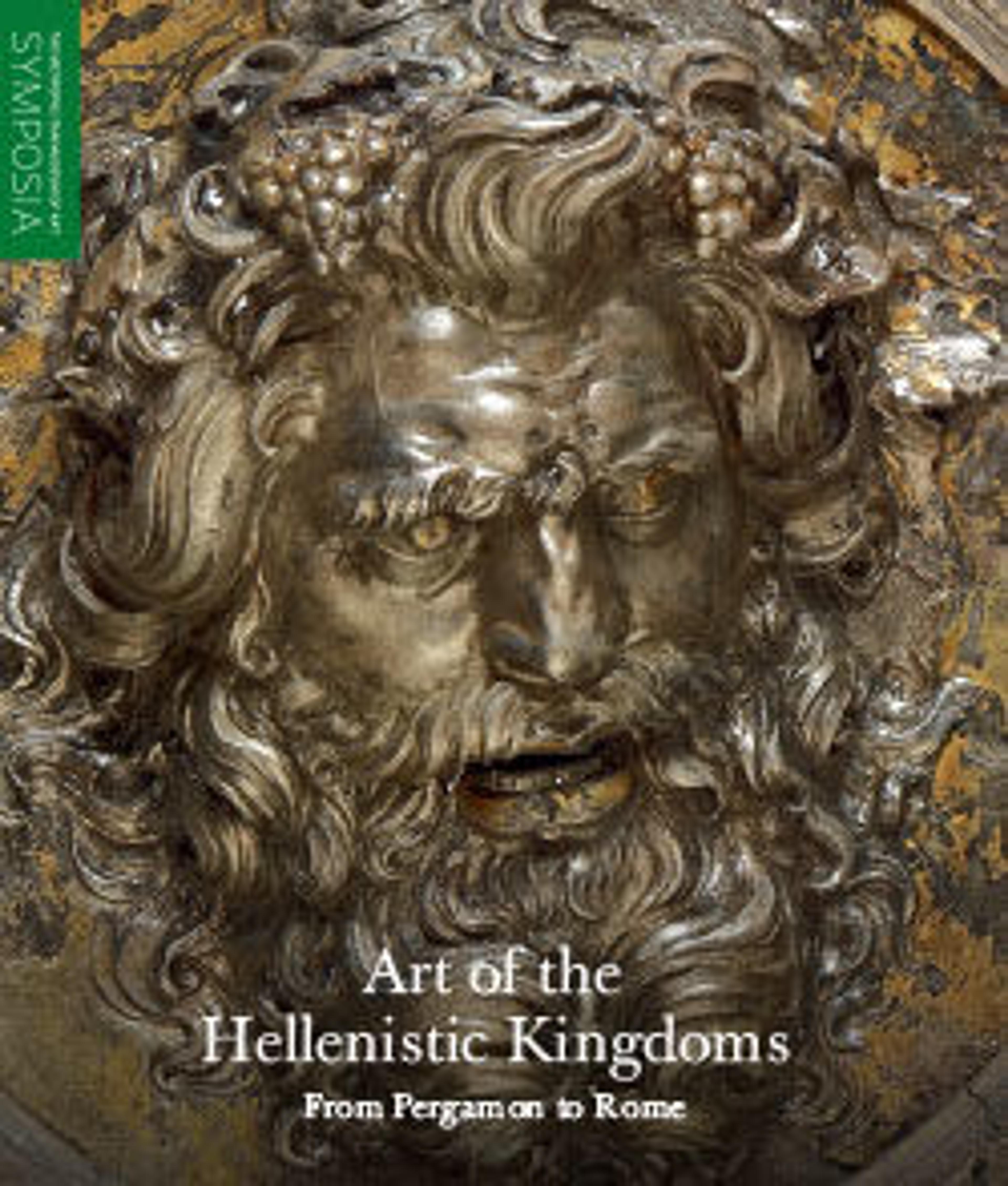Terracotta amphora (jar)
Applied decoration: on the shoulder, left, Herakles; right, Eros with cornucopia; below the handles, heads
This elaborate vessel with appliqué reliefs, twisted handles, and vertical ribbing emulates more expensive metal versions of the same shape. Found in the Hadra cemetery of Alexandria, Egypt, it was, like most of the Hadra hydriai (water jars used as cinerary urns), probably the product of a workshop in western Crete and imported to Egypt.
This elaborate vessel with appliqué reliefs, twisted handles, and vertical ribbing emulates more expensive metal versions of the same shape. Found in the Hadra cemetery of Alexandria, Egypt, it was, like most of the Hadra hydriai (water jars used as cinerary urns), probably the product of a workshop in western Crete and imported to Egypt.
Artwork Details
- Title:Terracotta amphora (jar)
- Artist:Attributed to the Group with Horizontal Ivy Leaves
- Period:Hellenistic
- Date:ca. 275–250 BCE
- Culture:Greek, Ptolemaic
- Medium:Terracotta; black-glaze
- Dimensions:H.: 16 1/8 in. (41 cm)
- Classification:Vases
- Credit Line:Purchase, 1890
- Object Number:90.9.1
- Curatorial Department: Greek and Roman Art
More Artwork
Research Resources
The Met provides unparalleled resources for research and welcomes an international community of students and scholars. The Met's Open Access API is where creators and researchers can connect to the The Met collection. Open Access data and public domain images are available for unrestricted commercial and noncommercial use without permission or fee.
To request images under copyright and other restrictions, please use this Image Request form.
Feedback
We continue to research and examine historical and cultural context for objects in The Met collection. If you have comments or questions about this object record, please contact us using the form below. The Museum looks forward to receiving your comments.
